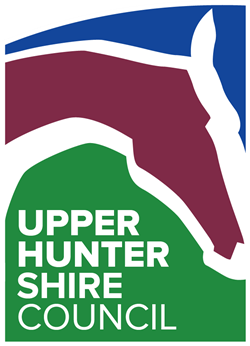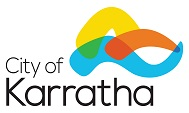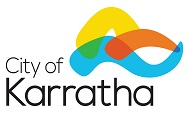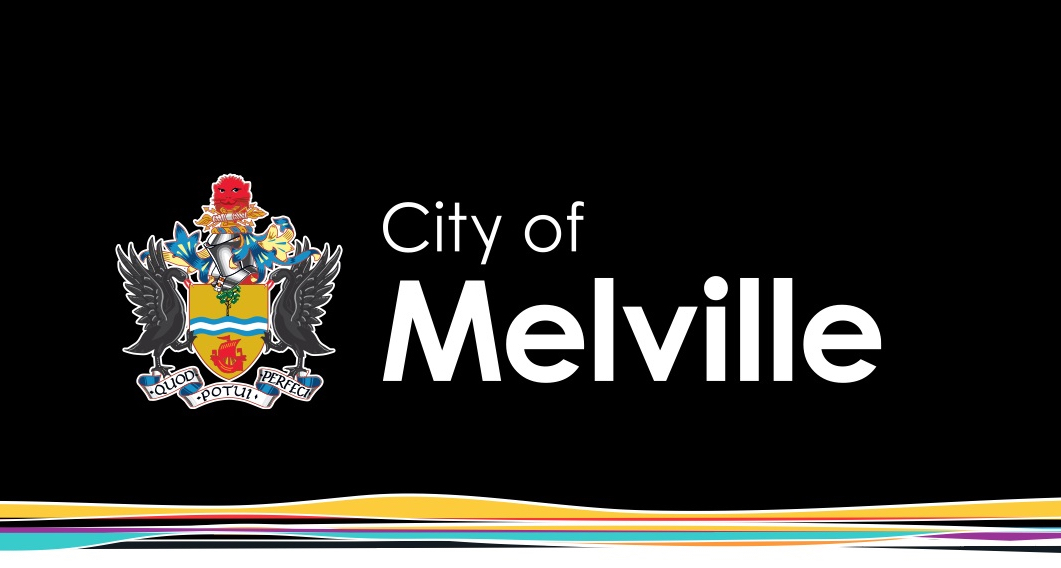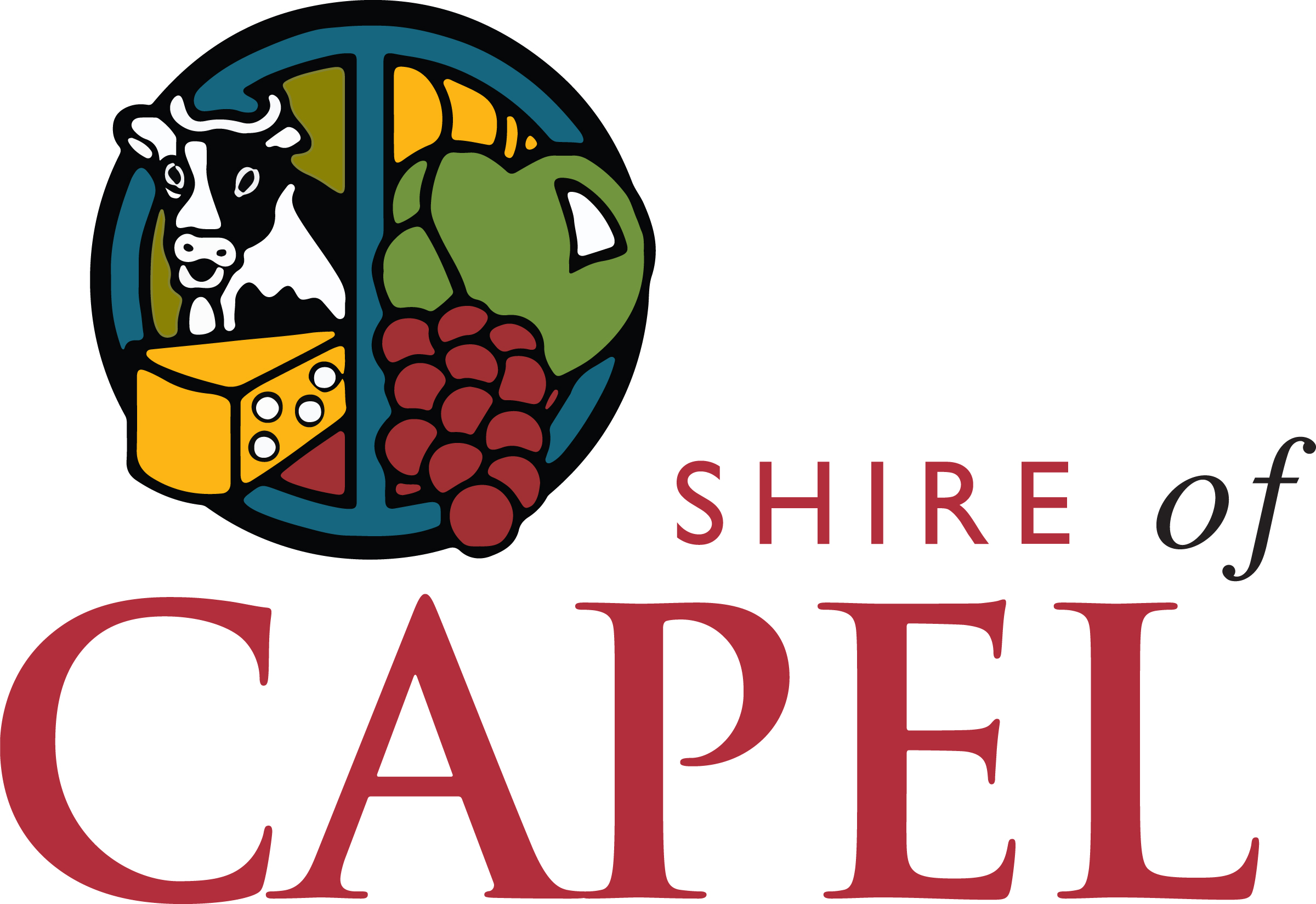Title Page
-
Business Name
-
Location
-
Licence Number:
-
Proprietor
-
Business Email Address
-
Officer
- Amanda Turner
- Dean Monohan
- Ebony Connelly
- Katherine Perkins
- Rebecca Jones
- Sunny Dhaliwal
- Tracey Drysdale
- Martin Wilkinson
- Sarah Duffy
- James Habel
- Megan Parker
-
Officer Phone
-
Inspection Date
-
Code
- 100 Community Temporary Food Premises
- 101 Manufacturer - Potentially Hazardous Foods
- 102 Manufacturer - Low Risk Foods
- 103 Bakery Retailer
- 104 Convenience Store
- 105 Delicatessen
- 106 Green Grocery
- 107 Home based retailer
- 108 Low risk packaged food retailer
- 109 Nuts / Herbs / spices retail
- 110 Retailer of pasta filled with potentially hazardous foods
- 111 Supermarket
- 112 Temporary food premises / market
- 113 Vending Machines
- 114 Accommodation Getaway
- 115 Aged Care facilities
- 116 Bar / Pub
- 117 Canteen / Camps
- 118 Cafe / Restaurant
- 119 Catering
- 120 Child care
- 121 Clubs
- 122 Coffeedesserts outlet
- 123 Delivery Meals organisations
- 124 Juice Bars
- 125 Hospitals
- 126 Mobile Food premises
- 127 Reception Centres
- 128 Residential care
- 129 Takeaway foods / Fast food outlet
- 130 Warehouse / Distributor / Wholesaler / Importer
-
Report Discussed with
-
Inspection Result
- A - Excellent Assessment
- B -
- C -
- D -
- E
- F
-
High Risk Food Processes onsite
- Raw egg
- Sushi
- Chinese style meals
- Kebabs
- Sous Vide
- Fermentation
- pH Control
- Catering
- Allergen free foods
- Low temp cook (cold smoking)
- Cook chill
- Other
-
During an inspection of this premises items of non-compliance were observed. The corrective action and direction/s below require attention under the following Act/s, by the due date/s listed:
- Food Act 1984
- Tobacco Act 1987
Corrective Actions and Directions
-
undefined
Scope & Nature of Business
-
General Observations / Comments
-
Food Process/es Assessed
-
Nominated Food Safety Supervisor (FSS)
-
Copy of Certificate on file
Assessment Details
Food Allergen Handling
Food Allergens
-
Foods free of specific allergens are clearly, accurately marked on menu/ labels. Ingredients available on request.
- Not Applicable
- Not Assessed
- Satisfactory
- Minor
- Major
- Critical
-
Allergen-free requests are handled according to a process/ procedure, which clearly identifies the allergen-free request through ordering/preparation/cooking/serving/to receipt by customer to prevent contamination or mixing up orders
- Not Applicable
- Not Assessed
- Satisfactory
- Minor
- Major
- Critical
-
Ingredients for allergen-free foods are stored safety to prevent contamination and are clearly labelled, stored in dedicated containers or areas. Ingredient labels are regularly checked for accuracy
- Not Applicable
- Not Assessed
- Satisfactory
- Minor
- Major
- Critical
-
Foods free of specific allergens are processed safety to prevent allergen-contamination during receival, storage, processing, cooking/cooling, packaging, display, serving of foods
- Not Applicable
- Not Assessed
- Satisfactory
- Minor
- Major
- Critical
-
Food handlers are knowledgeable, can identify declared allergens, and demonstrate process control measures to prevent allergen contamination
- Not Applicable
- Not Assessed
- Satisfactory
- Minor
- Major
- Critical
-
Foods free of specific allergens are adequately protected from contamination during display and have designated serving utensils
- Not Applicable
- Not Assessed
- Satisfactory
- Minor
- Major
- Critical
-
Cleaning processes are in place to prevent allergen contamination throughout all aspects of the processing environment, equipment and utensils
- Not Applicable
- Not Assessed
- Satisfactory
- Minor
- Major
- Critical
Foods Received & Delivery Inwards
Purchase Receival and Delivery Into Premises
-
Foods are received at correct temperatures, not kept out of temperature after delivery
- Not Applicable
- Not Assessed
- Satisfactory
- Minor
- Major
- Critical
-
Foods checked for labelling, protection from contamination and intact packaging, products purchased from identifiable/ approved/ registered suppliers
- Not Applicable
- Not Assessed
- Satisfactory
- Minor
- Major
- Critical
Cold and Frozen Storage & Handling
Dry Storage
-
Foods appropriately protected from contamination
- Not Applicable
- Not Assessed
- Satisfactory
- Minor
- Major
- Critical
-
Containers/packaging intact, labelled, stock rotated and stored correctly
- Not Applicable
- Not Assessed
- Satisfactory
- Minor
- Major
- Critical
Cold & Frozen Storage
-
Refrigerators keep foods below 5°C & freezers keep foods frozen hard/ at -15°C or below
- Not Applicable
- Not Assessed
- Satisfactory
- Minor
- Major
- Critical
-
Foods appropriately protected from contamination; adequately covered/packaged, labelled, stock rotated correctly
- Not Applicable
- Not Assessed
- Satisfactory
- Minor
- Major
- Critical
-
Separation of raw and cooked or ready-to-eat foods
- Not Applicable
- Not Assessed
- Satisfactory
- Minor
- Major
- Critical
Food Processing & Hot Holding
Thawing
-
Refrigerators keep foods below 5°C & freezers keep foods frozen hard/ at -15°C or below
- Not Applicable
- Not Assessed
- Satisfactory
- Minor
- Major
- Critical
-
Thawing foods safety stored separately from cooked/ ready-to-eat foods; foods appropriately protected from contamination
- Not Applicable
- Not Assessed
- Satisfactory
- Minor
- Major
- Critical
Preparation
-
Food maintained at correct temperatures
- Not Applicable
- Not Assessed
- Satisfactory
- Minor
- Major
- Critical
-
Surfaces and equipment kept clean/sanitised
- Not Applicable
- Not Assessed
- Satisfactory
- Minor
- Major
- Critical
-
Raw fruits, vegetables appropriately washed, eggs clean/no cracks
- Not Applicable
- Not Assessed
- Satisfactory
- Minor
- Major
- Critical
-
No physical, microbiological or chemical contamination risk to food
- Not Applicable
- Not Assessed
- Satisfactory
- Minor
- Major
- Critical
Cooking and Reheating
-
Method of ensuring adequate cooking and re-heating processes (i.e. 75°C at centre of food)
- Not Applicable
- Not Assessed
- Satisfactory
- Minor
- Major
- Critical
-
Food not reheated more than once; foods rapidly reheated
- Not Applicable
- Not Assessed
- Satisfactory
- Minor
- Major
- Critical
Other Food Processing Methods
-
Other known processes are used to ensure foods produced are safe - such as pH control, fermentation, acidification etc.
- Not Applicable
- Not Assessed
- Satisfactory
- Minor
- Major
- Critical
Cooling
-
Appropriate processes and method to ensure adequate cooling of food (from 60°C to 21°C within 2 hours, 21°C to 5°C within further 4 hours)
- Not Applicable
- Not Assessed
- Satisfactory
- Minor
- Major
- Critical
Hot Holding
-
Food maintained above 60°C, not overloaded, fresh tray used when replenishing, hot holding equipment cleaned and pre-heated prior to use
- Not Applicable
- Not Assessed
- Satisfactory
- Minor
- Major
- Critical
Serving, Packaging, Labelling & Transporting Food
Serving, Displaying and Self Serve
-
Clean and separate utensils for each item
- Not Applicable
- Not Assessed
- Satisfactory
- Minor
- Major
- Critical
-
Measures in place to prevent physical contamination, foods kept covered/ packaged, self-serve adequately supervised
- Not Applicable
- Not Assessed
- Satisfactory
- Minor
- Major
- Critical
-
Separation of raw/ ready-to-eat foods/ allergen-free foods
- Not Applicable
- Not Assessed
- Satisfactory
- Minor
- Major
- Critical
-
Food kept at proper temperatures within time limits and stock rotated correctly
- Not Applicable
- Not Assessed
- Satisfactory
- Minor
- Major
- Critical
Food Packaging
-
Packaging intact, clean and stored away from contaminants, packaging occurring in a suitable location and not likely to contaminate foods
- Not Applicable
- Not Assessed
- Satisfactory
- Minor
- Major
- Critical
-
Packaging/containers to be food grade
- Not Applicable
- Not Assessed
- Satisfactory
- Minor
- Major
- Critical
-
Appropriately labelled (including allergens, health claims, batch details, storage instructions, date, NIPs, address etc.)
- Not Applicable
- Not Assessed
- Satisfactory
- Minor
- Major
- Critical
Transporting Food from Premises
-
Verification of food at correct temperatures, protected from contamination, vehicles in clean condition and appropriate for use
- Not Applicable
- Not Assessed
- Satisfactory
- Minor
- Major
- Critical
Portable Component
-
Appropriate set-up for, processes undertaken appropriate, records kept
- Not Applicable
- Not Assessed
- Satisfactory
- Minor
- Major
- Critical
Food handling and Personal Hygiene
Food Handling Skills / Knowledge
-
Skills and knowledge of FSS adequate, regularly onsite to train and monitor staff
- Not Applicable
- Not Assessed
- Satisfactory
- Minor
- Major
- Critical
-
Skills and knowledge of food handlers adequate, knowledge and safe handling of foods, ingredients in foods available on request
- Not Applicable
- Not Assessed
- Satisfactory
- Minor
- Major
- Critical
-
Accurate thermometer available on site and in use, sanitised prior to/between use
- Not Applicable
- Not Assessed
- Satisfactory
- Minor
- Major
- Critical
Health and Personal Hygiene
-
Food handlers wearing appropriate and clean protective clothing, free of contamination risks (hair, jewellery, nail polish/fake nails etc)
- Not Applicable
- Not Assessed
- Satisfactory
- Minor
- Major
- Critical
-
Hand-washing facilities adequate, liquid soap & paper towel provided, easily accessible
- Not Applicable
- Not Assessed
- Satisfactory
- Minor
- Major
- Critical
-
Staff wash hands using dedicated hand-wash basin, and wash hands thoroughly, including before commencing work, and after: using toilet, smoking eating, cleaning, handling raw foods etc
- Not Applicable
- Not Assessed
- Satisfactory
- Minor
- Major
- Critical
-
Staff avoid unnecessary contact with ready-to-eat food, and preparation surfaces
- Not Applicable
- Not Assessed
- Satisfactory
- Minor
- Major
- Critical
-
Staff do not handle foods when ill/illness register kept
- Not Applicable
- Not Assessed
- Satisfactory
- Minor
- Major
- Critical
-
No evidence of smoking or unsafe personal habits
- Not Applicable
- Not Assessed
- Satisfactory
- Minor
- Major
- Critical
-
Separate storage area for staff belongings
- Not Applicable
- Not Assessed
- Satisfactory
- Minor
- Major
- Critical
Premises, Cleaning & Pest Control
Premises and Equipment Maintenance / Cleaning
-
Fit-out is suitable for size/scale of business, type/s of food being produced/handled onsite
- Not Applicable
- Not Assessed
- Satisfactory
- Minor
- Major
- Critical
-
Floors/walls/ceiling fit-for-purpose, well maintained and clean
- Not Applicable
- Not Assessed
- Satisfactory
- Minor
- Major
- Critical
-
Shelving/cupboards/benches fit-for-purpose, well maintained and clean
- Not Applicable
- Not Assessed
- Satisfactory
- Minor
- Major
- Critical
-
Cooking/refrigeration/freezer/display equipment fit-for-purpose, well maintained and clean
- Not Applicable
- Not Assessed
- Satisfactory
- Minor
- Major
- Critical
-
Canopy/filters/ventilation fit-for-purpose, well maintained and clean
- Not Applicable
- Not Assessed
- Satisfactory
- Minor
- Major
- Critical
-
Crockery, cutlery, glasses, utensils and equipment
- Not Applicable
- Not Assessed
- Satisfactory
- Minor
- Major
- Critical
-
Lighting/Fixtures/Other appropriate, well maintained and clean
- Not Applicable
- Not Assessed
- Satisfactory
- Minor
- Major
- Critical
-
Plumbing & hot water supply, adequate toilets, and wastewater disposal appropriate
- Not Applicable
- Not Assessed
- Satisfactory
- Minor
- Major
- Critical
-
Yard well maintained & garbage disposal suitable and adequate receptacles
- Not Applicable
- Not Assessed
- Satisfactory
- Minor
- Major
- Critical
Cleaning and Sanitising
-
Proper use of food safe approved sanitisers/cloths
- Not Applicable
- Not Assessed
- Satisfactory
- Minor
- Major
- Critical
-
Cleaning chemicals labelled and stored safely
- Not Applicable
- Not Assessed
- Satisfactory
- Minor
- Major
- Critical
-
Equipment/utensils air dried or dried using clean tea towels or paper towel
- Not Applicable
- Not Assessed
- Satisfactory
- Minor
- Major
- Critical
Food Safety Program, Records, Audit and Food Recall
Record Keeping
-
FSP onsite (if required), appropriate for business and records maintained
- Not Applicable
- Not Assessed
- Satisfactory
- Minor
- Major
- Critical
-
A recall/traceability process is in place – including documentation, and process for separating recalled foods
- Not Applicable
- Not Assessed
- Satisfactory
- Minor
- Major
- Critical
-
Audit conducted in last 12 months and report received by Council
-
Date conducted








